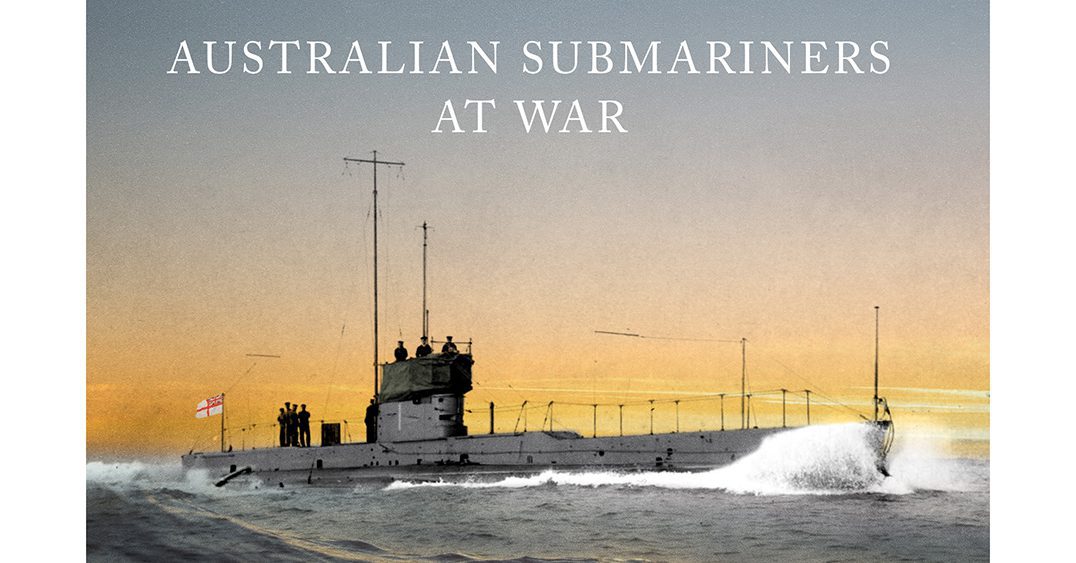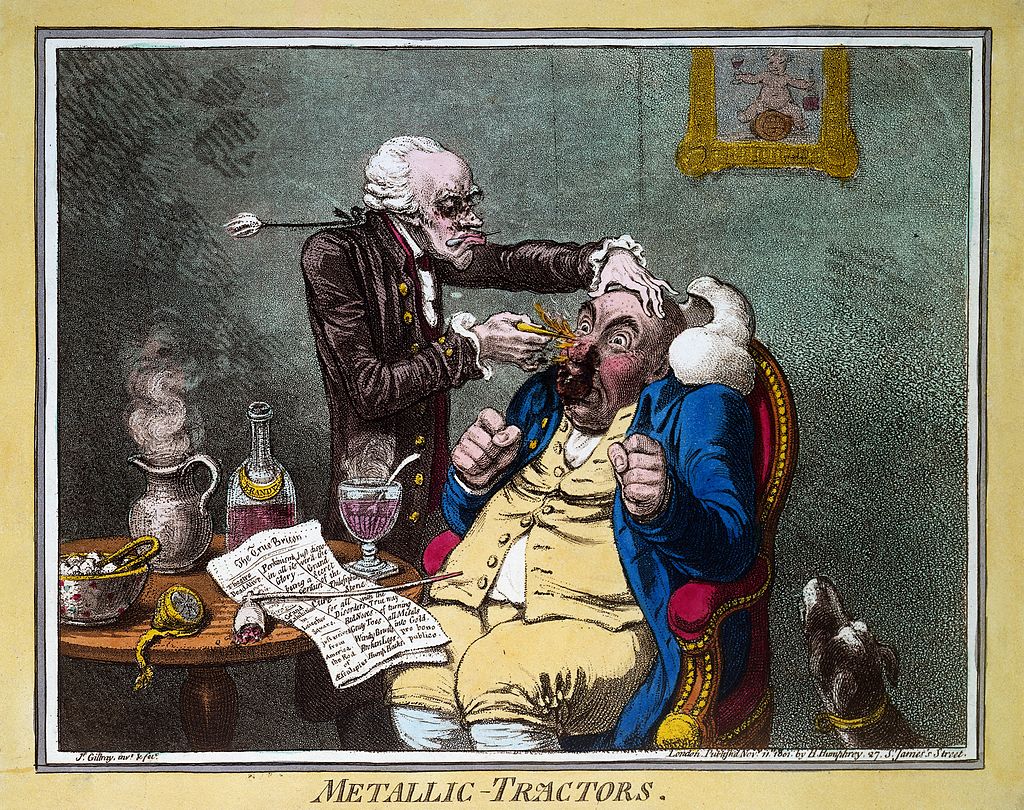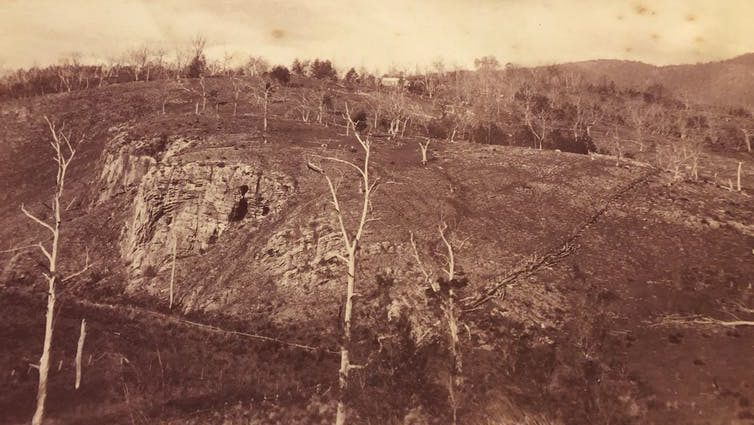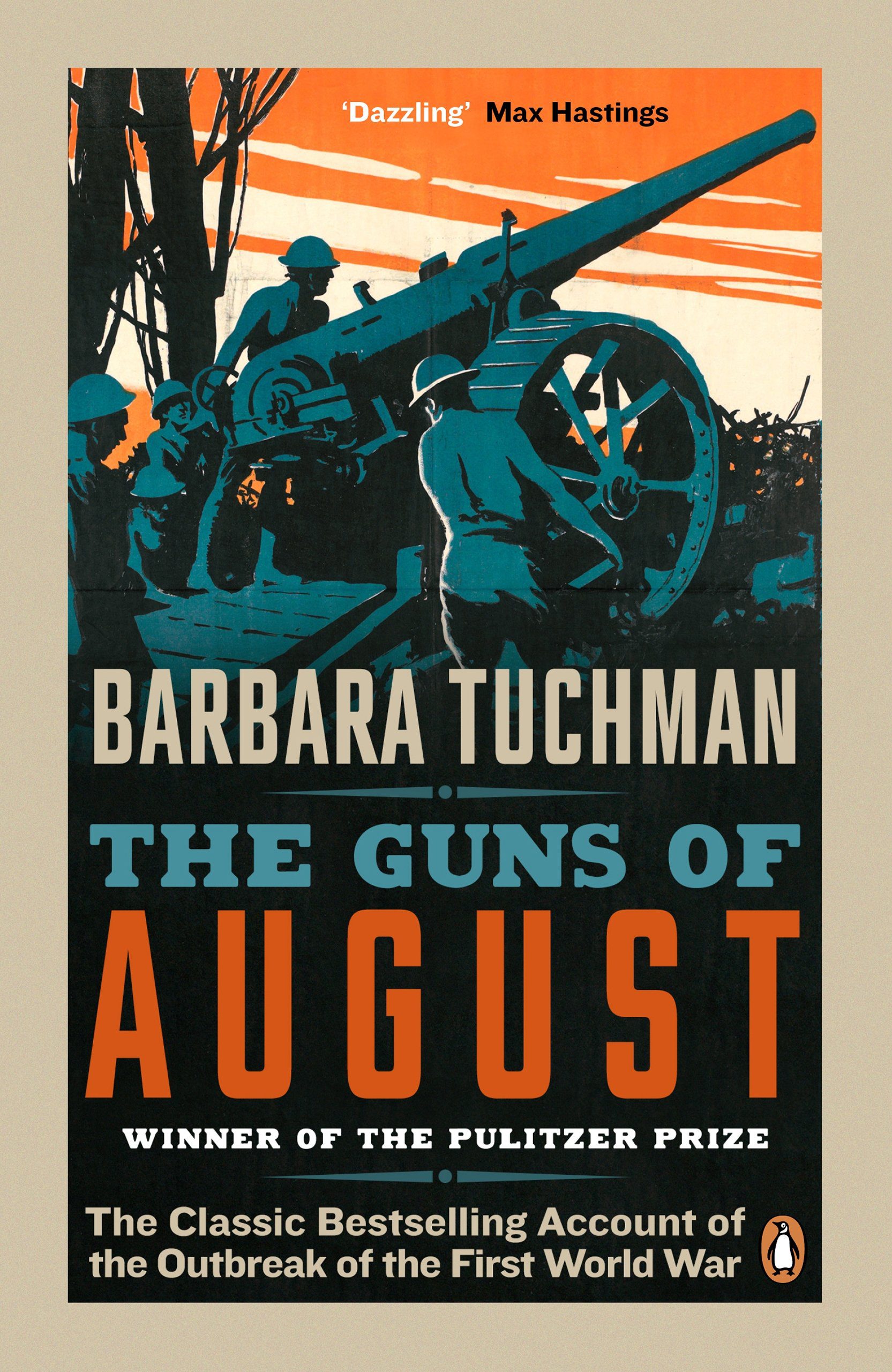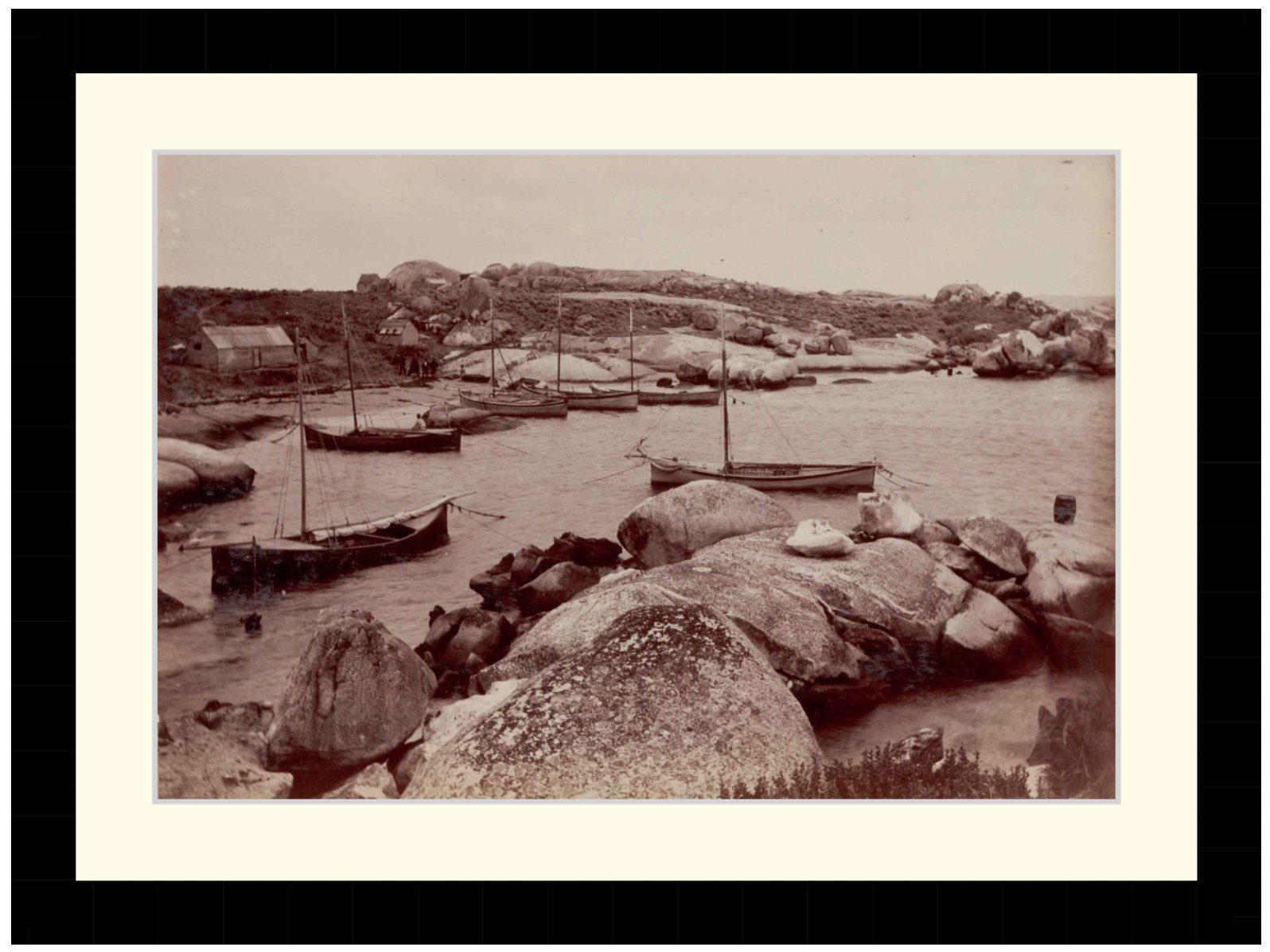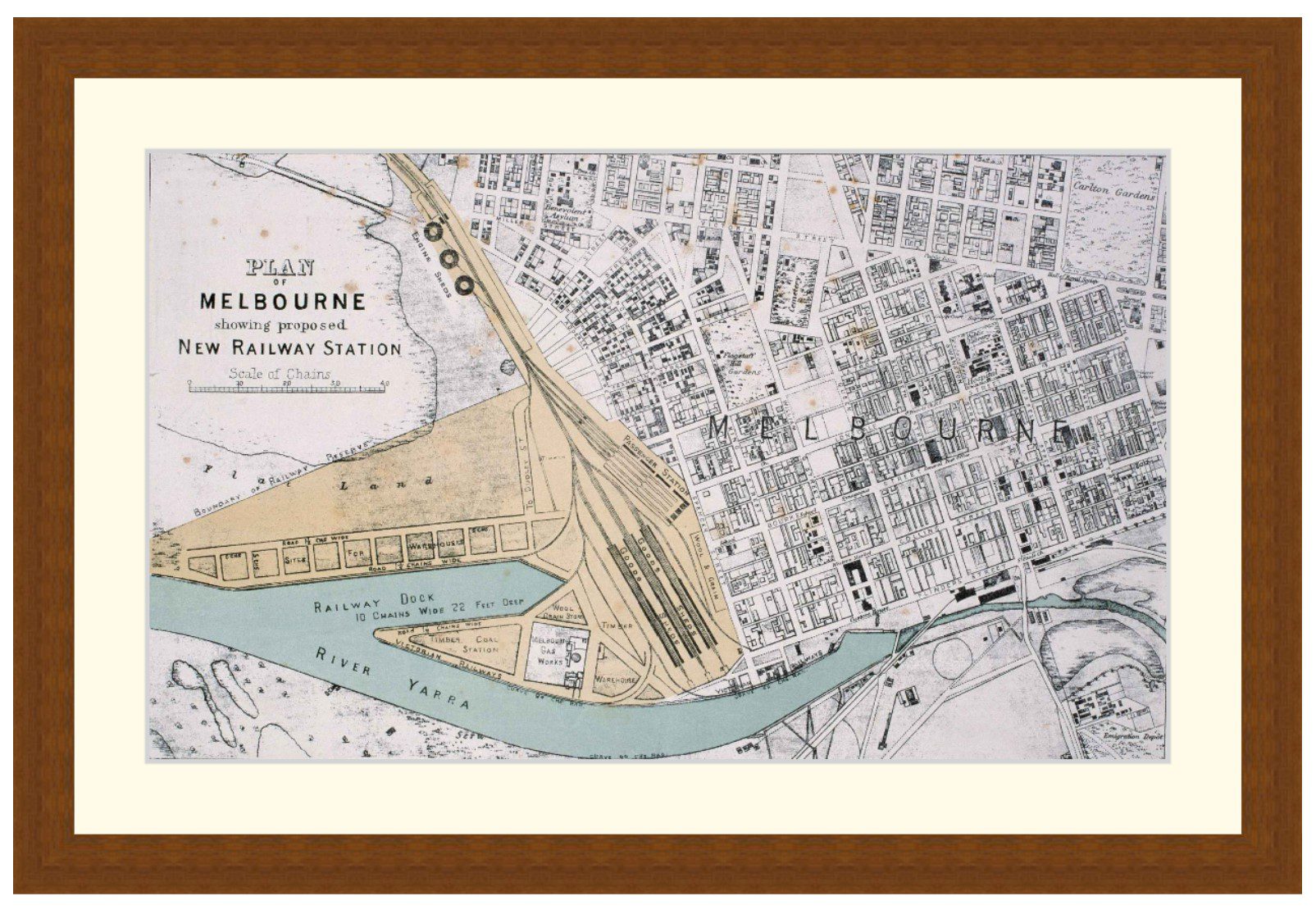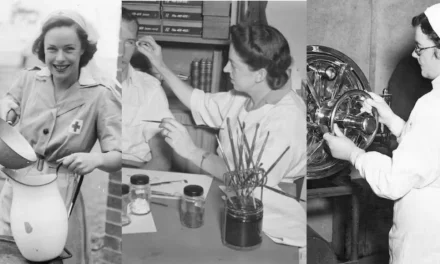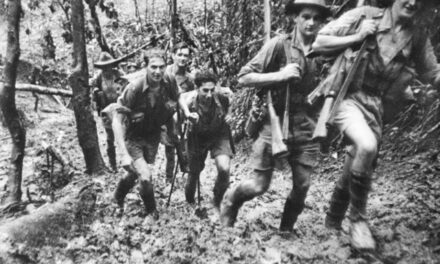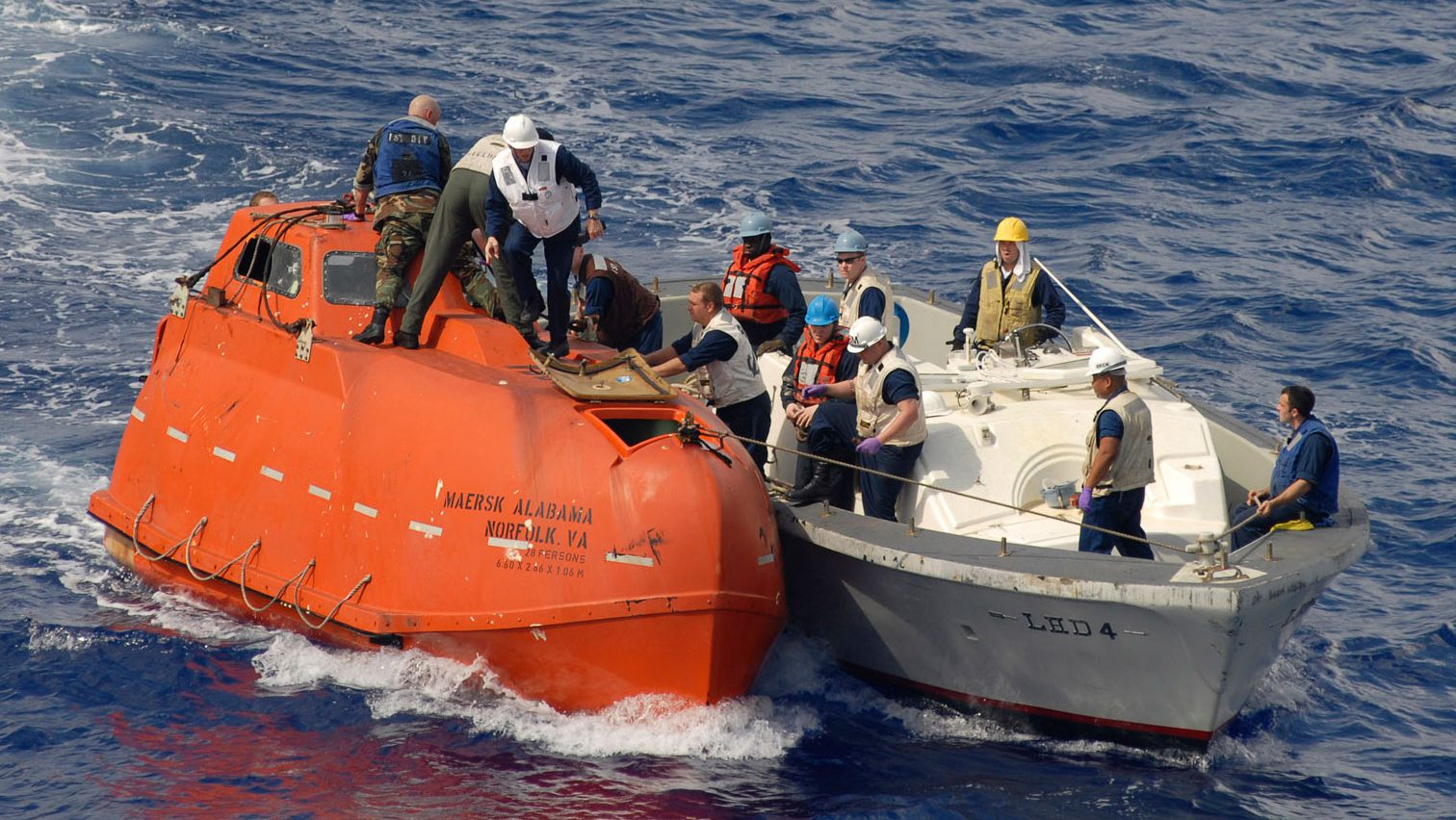Reading time: 4 minutes
If you have read any of Mike Carlton’s other books on Australian Naval history then this review will be a very short and to the point. Carlton has done it again, this is an excellent book, covering what is the least well-known aspect of Australian history he has yet covered. It draws the reader through, providing the level of context they need to understand the detail about the Australian submarines and submariners that it describes. The characters from Australian Naval history it depicts come to life through the anecdotes he has carefully curated. A great, entertaining book. Buy it.
By David Phillipson
For those who haven’t had the pleasure of reading one of Mike Carlton’s other books on Australian Naval history, I will continue.
Dive! opens with the best description of the development and implementation of submarine technology and doctrine I have ever read. This could easily be part of a broader history of submarines, Carlton has clearly done broad and extensive research and his writing effortlessly demonstrates his command of the topic.
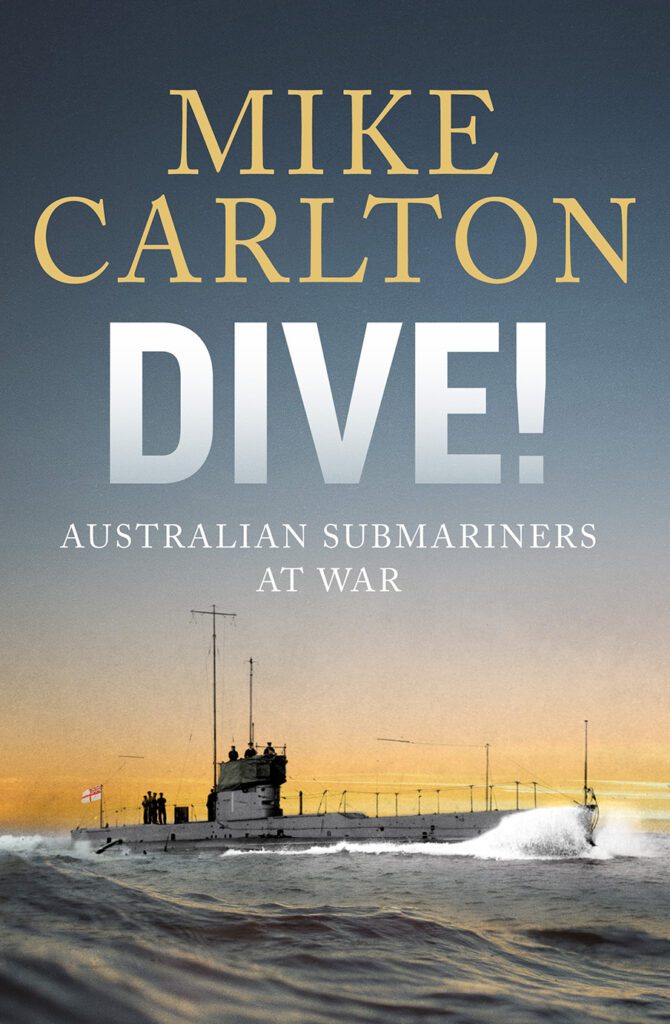
The book then examines the political and diplomatic manoeuvring that led to the nascent Royal Australian Navy buying two British E class submarines and sailing them to Australia, surely one of the longest voyages undertaken by a submarine up to this point. Carlton makes great use of primary sources to paint a full and vivid picture of the backgrounds and personalities of the officers and crews of these first two Australian submarines.
Carlton then summarises the naval balance of power in the Pacific at the beginning of the First World War, along with the Australian operation to occupy German territories in the South West Pacific, and the tragic loss of Australian submarine AE1 during this operation. With this complete the story follows AE2, and her very eventful war cruise against Ottoman forces. This section provides a great exploration of an important, but underappreciated aspect of Australia’s First World War service. It is rounded out by fascinating vignettes of the postwar lives of all those involved, as well as some other Australians serving with Royal Navy submarines. In his well practiced way, Carlton illustrates the changes that occurred across the globe in the wake of the ‘War to end all Wars’ through the stories of these men.
This is followed by a succinct explanation of the interwar period, changes in submarine technology and doctrine, and the abortive attempt by the RAN to reintroduce submarines in the late 1920s. This leads into the Second World War, where Carlton illustrates the impacts submarines have on the conflict, before delving into the Australians who took part in ‘Special and Hazardous Service’ in midget submarines. The experiences of these young Australians who attacked the mighty German battleship Tirpitz in these tiny, cramped and vulnerable ‘boats’ is almost unimaginable. This is perfectly illustrated by one of these young Australians confiding that he was ‘more frightened than I have ever been…but there was no giving up’. The book also details other less well-known operations planned and carried by the ‘X-craft’ midget submarines, as well as their role in the Normandy landings. It rounds out WW2 with the X-craft operations in the South East Asia.
The vignettes of the Australian officers and men who served in the Second World War than flow seamlessly into postwar submarine and political developments. This leads into the late 1960s, and the return of submarines to the RAN’s order of battle. This Cold War introduction and service of the Oberon Class is still shrouded in secrecy, with many official documents from this period still classified. Carlton makes great use of the information that is available to describe the part these submarines played in the decades long game of cat and mouse with the Soviets. This is a fascinating part of the book, which I learnt a lot from.
One example of the multitude of fascinating snippets of history the book details is the story of how the town of Holbrook came to have an Oberon class submarine embedded in its main street. Germantown changed its name to Holbrook in honour of the exploits of Royal Navy Lieutenant Norman Holbrook, who took Submarine B11 into the Dardanelles early in the war and sunk a Turkish Battleship. This began inland Holbrook’s somewhat incongruous relationship with submarines, which continues to this day.
All in all an excellent book, highly recommended!
Articles you may also like

Weekly History Quiz No.282
1. Who wrote Heart of Darkness in 1899?
Try the full 10 question quiz.

